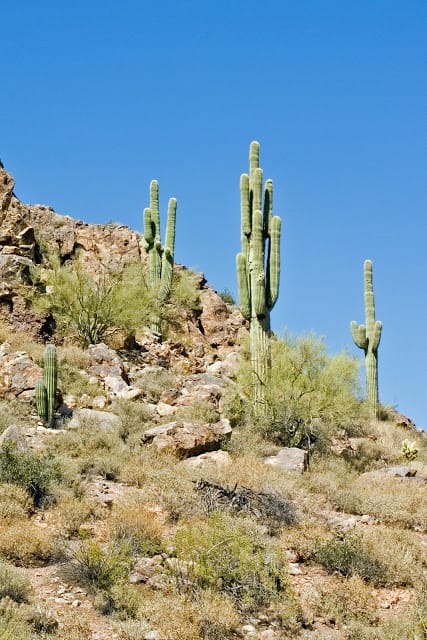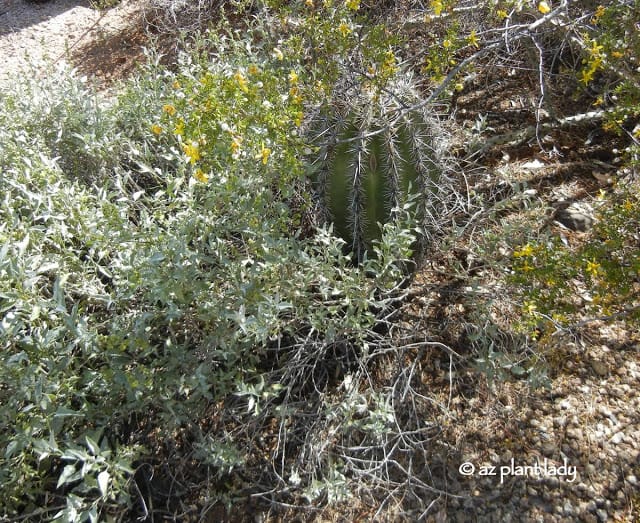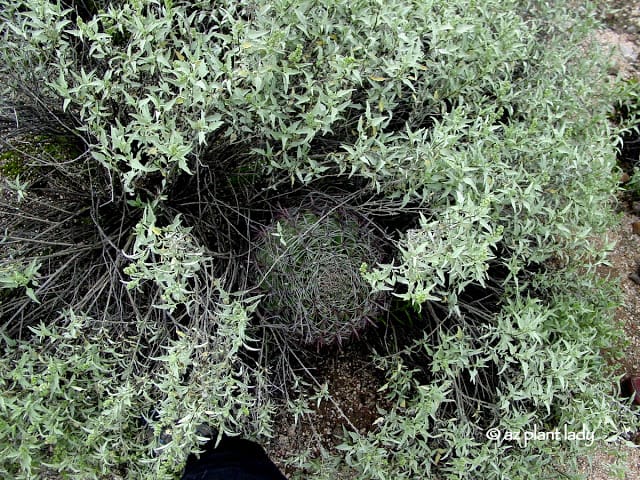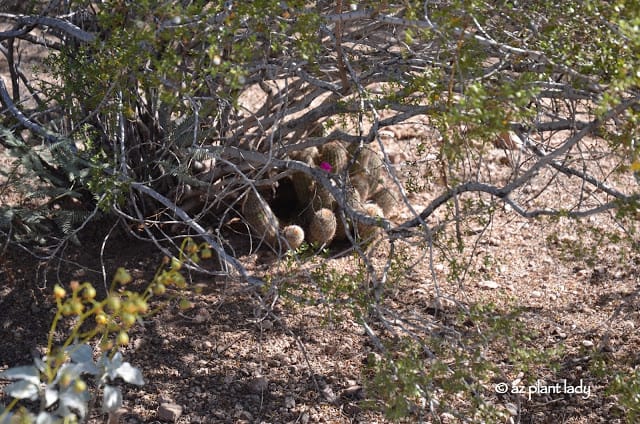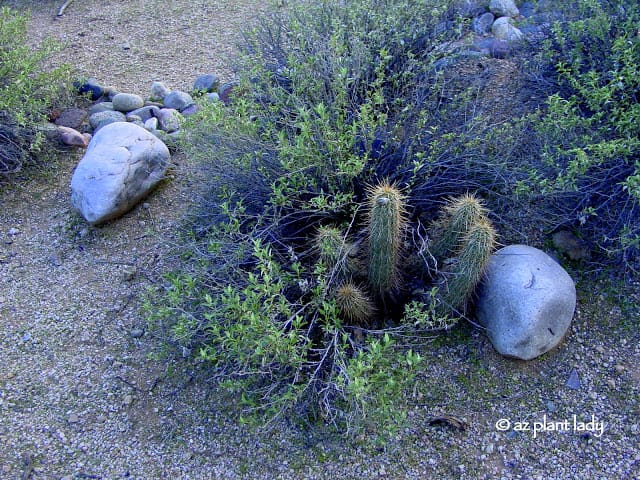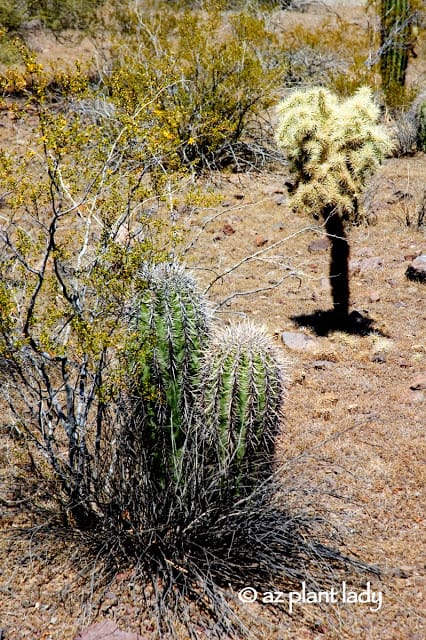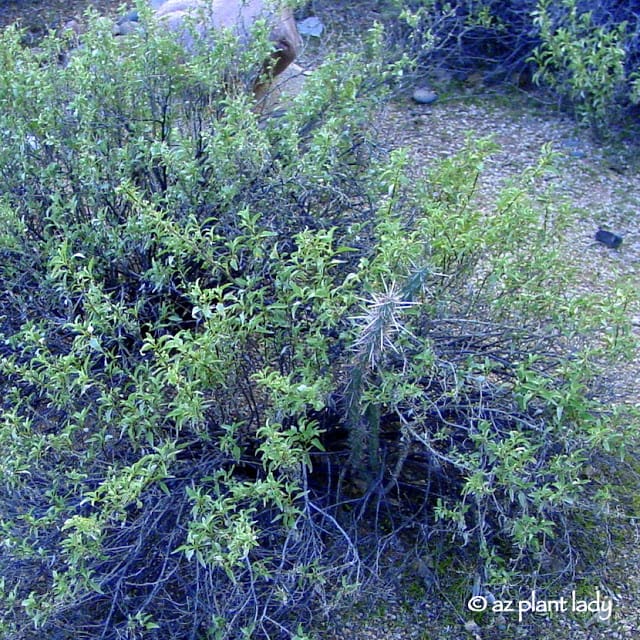Do you ever use a search engine to find answers to your gardening questions? I remember the old days, before search engines when I had to drive to my local library and look through gardening books and encyclopedias to find the answers to my non-gardening questions.
Okay, now that I have dated myself by admitting that I used to use encyclopedias, I must say that I am quite addicted to finding information in just a few seconds using search engines.
Many people find my blog by entering a gardening question using a search engine. I am able to see what questions that people type in the search window that leads them to my blog by using an application that tracks my stats.
Some of the searches are humorous while others are totally unrelated to gardening. But, there are often the same type of questions asked. So I thought that I would reveal the three most common questions for this month in hopes that it may help some of you as well.
Question #1:
“Can I prune my Texas Sage shrub when it is in flower?”
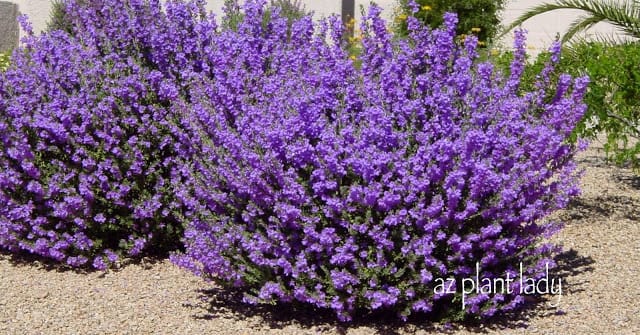
Gardening question #1
Answer:
“You could, but why would you want to remove the beautiful flowers?”
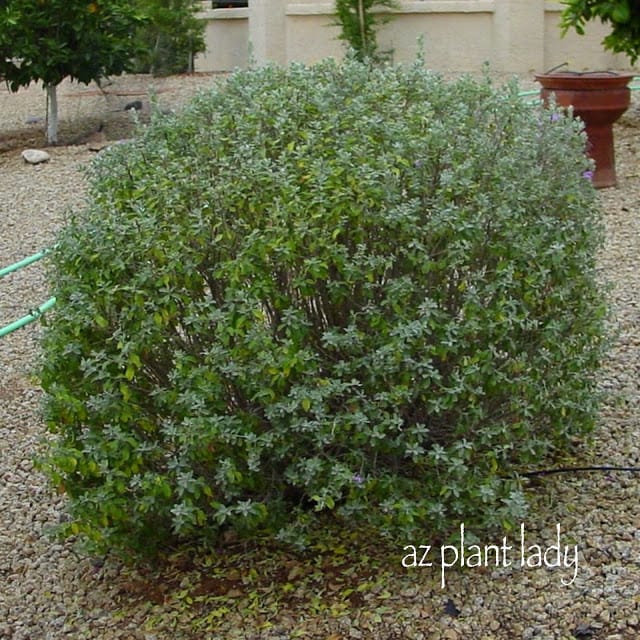
Please don’t participate in the epidemic of pruning shrubs into round shapes. It is not healthy for most desert-adapted shrubs and strips them of much of their beauty.
You can read more about this in an earlier post,
“Shrubs Aren’t Meant to be Cupcakes, Frisbees or Pill Boxes”
Question #2:
“What is the white stuff on my prickly pear cactus and how do I get rid of it?”
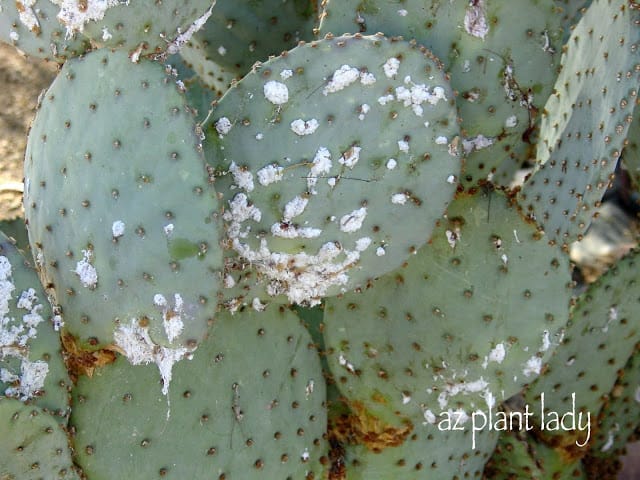
Answer:
Many people assume that it is a fungus. Well, it isn’t. The ‘white stuff’ is actually produced by an insect called cochineal scale. The insects produce the cottony stuff to protect themselves and their eggs while they suck upon the cactus.
The good news is that it is very easy to get rid of it. A strong jet of water from the hose will remove both the insect and the ‘white stuff’.
There are actually some very interesting information about this insect and how native Americans would use them. You can read more from this post “Purple Prickly Pear“.
Question #3:
“What plant smells like rain?”
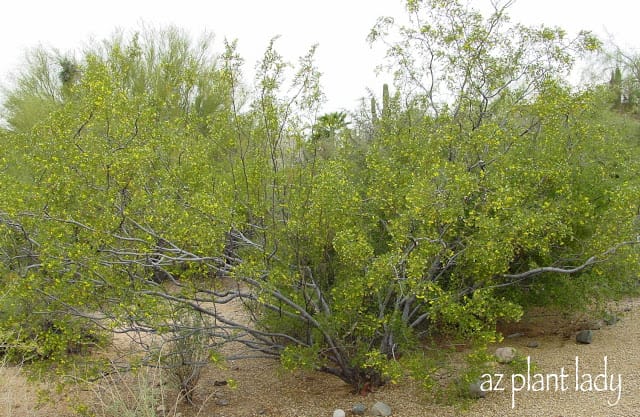
Answer:
Creosote shrubs dot the desert from California to New Mexico. They have small resinous leaves that smell like rain when wet or crushed.
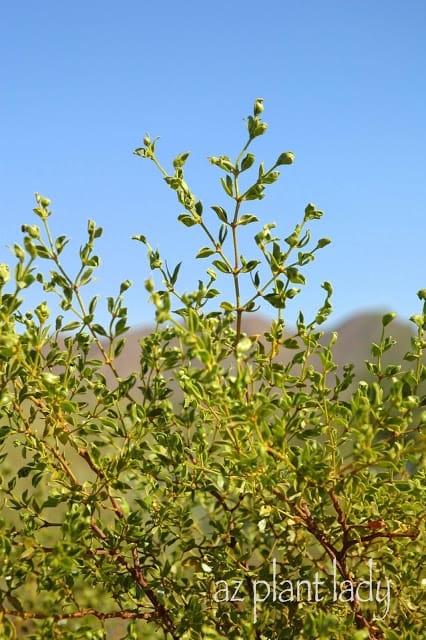
One of my favorite things to do is to take a few leaves, crush them and then have people smell the intense fragrance that smells just like rain.
You can read more about Creosote from this earlier post “A Desert Shrub That Smells Like Rain”.
So, what do you think? I hope this has proved helpful to some of you. I plan on doing more of this in the future.
Now, I have a question for you….
How many of you have used an encylopedia in the past?




